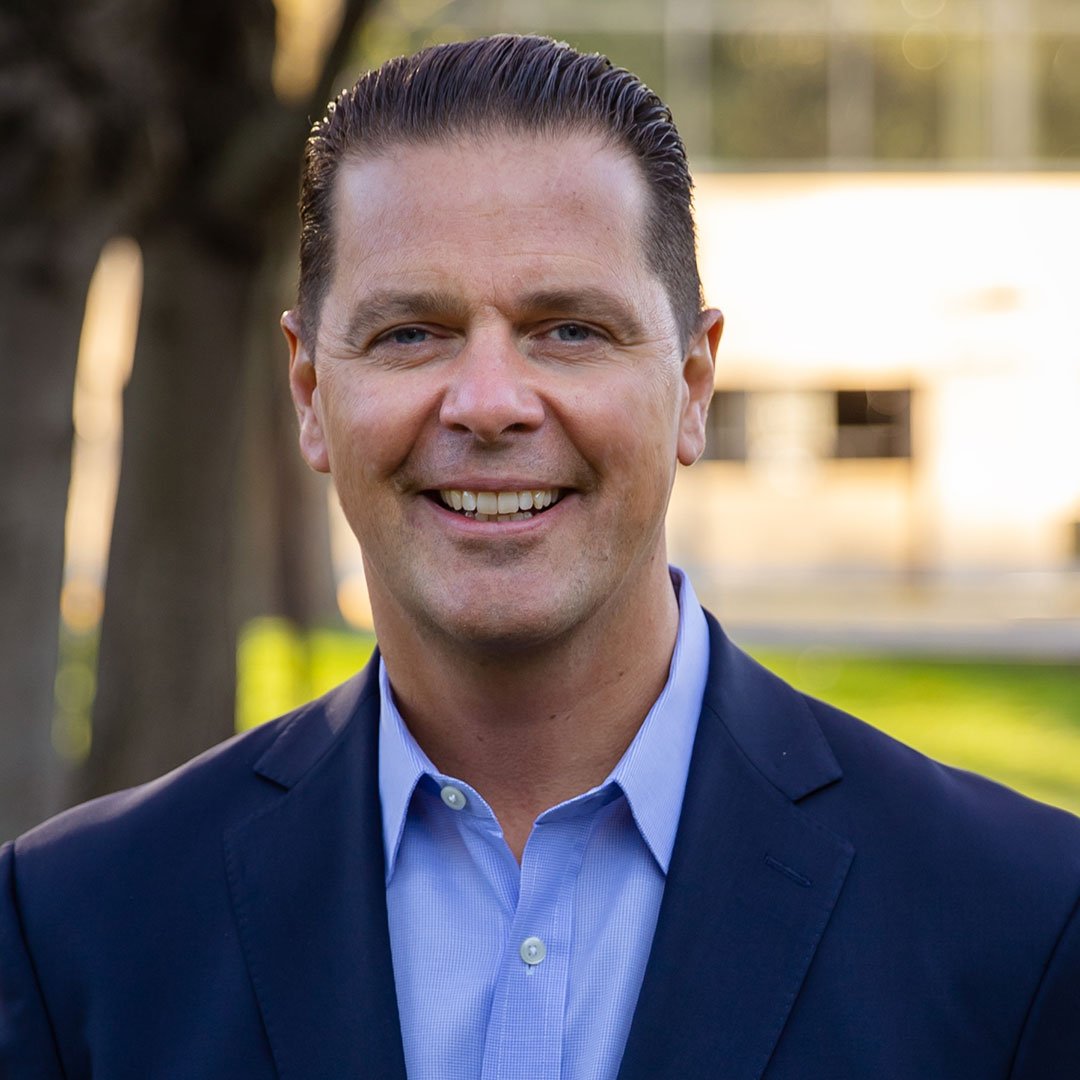IT is facing increasing pressure to reduce both CapEx and OpEx associated with IT asset lifecycle management (ITALM) while simultaneously tasked with improving service quality, uptime, and digital experiences for both internal and external customers.
Uptime Institute’s 2022 Data Center Resiliency Survey found that over 60% of failures resulted in at least S100,000 in losses, an increase of 39% from 2019. Recovery is taking longer, and a slight upward trend was seen in the number of severe outages. Network-related problems were the biggest cause of IT issues, with outages due to software, network, and systems issues on the rise because of increasing IT complexity.
As complexity continues to grow – with more applications and devices supported across a diverse mix of edge, public and private clouds, as well as infrastructure on-prem – IT maintenance activities, and the risks that they can incur are also growing. IT must tackle an increasing number of vendor patches and OS update schedules without impacting the delicate balance of interdependencies across the IT estate. Any change can create risks, particularly when managed manually
Manual processes increase maintenance activity time and risk
The Uptime Institute’s research found that over three years, nearly 40% of organizations suffered a major outage caused by human error, with 85% of those occurring because processes weren’t followed, or from process flaws. Manual processes also devour valuable time for IT teams, that could be better spent on strategic initiatives.
Whether maintenance is reactive following an outage, proactive leveraging systems monitoring tools, or scheduled hardware and software maintenance, such as OS updates or software patching, the steps will be very familiar:
- An issue or task is identified, reported, or predicted.
- A service ticket is opened and populated with details of the equipment and problem or task that must be completed.
- An owner/technician is assigned (finding the owner of a home-grown application can add to the time, particularly if it’s an old app).
- The technician or owner conducts the maintenance and/or begins the program. If required for hardware, replacement parts are ordered (or ordered in advance in the case of a scheduled service).
- Technician communicates resolution status, and the ticket is closed.
Each of these steps requires you to interact with multiple systems, and managed manually they can eat up time. According to a Harvard Business Review study just the act of toggling through different applications to manage a task, wastes time and effort, with findings showing we waste 9% of our time at work toggling between applications every year.
Manual input also opens the door to error. Think of the delays created when a part number is entered incorrectly in the procurement system. At the least, if spotted early it can mean additional calls or emails to correct, and if not found in time it can add to costs or mean parts are not available in time for maintenance, with delays potentially creating further risks. Errors or delays during system patches or updates can result in disrupted user access, a breach of regulatory compliance or increased risk of cyberattacks, as well as potential fines and/or loss of reputation.
Learn how ReadyWorks can help you cut the time and cost of IT maintenance and increase workflow accuracy to reduce risk.
DOWNLOAD THE SOLUTION BRIEFAutomate IT maintenance to reduce risk, cost and time
As your IT estate complexity grows, maintenance will continue to devour the time of your teams using manual processes. But by leveraging intelligent automation you can ensure workflow accuracy and reduce the time, cost, and risk of managing activities. This is made possible using a digital platform conductor (DPC), a tool highlighted in 4 Gartner hype cycles.
A DPC connects to the disparate systems that IT leverages for maintenance, including those outside of IT, such as procurement and HR management tools, and accesses and aggregates the information they hold. It then uses that data to orchestrate tools and automate workflows.
Using a DPC you can:
- Aggregate event logs from multiple systems to rapidly identify the root cause of issues.
- Augment information from systems monitoring tools for better decision-making. For example, if a device isn’t working within the correct parameters, you can easily access details on the device including OS and patch details, installed applications, memory, and more.
- Create workflow templates to automate common maintenance tasks using parameters from systems monitoring tools to trigger activities and resolve issues before an outage can occur or users are frustrated.
- Automate ticket opening and closing, task assignment, communications with stakeholders and third parties, and procurement workflows, with access to all component details, including part numbers available.
- Automate scheduled maintenance activities such as software patching and systems updates including application testing, user scheduling and communications, rollout, and reporting.
- Access clear real-time reports on maintenance activities for audit trails and compliance purposes.
Using a DPC you can resolve issues faster to reduce downtime and the impact it has on the business, better prepare for, and manage scheduled maintenance activities, deliver an enhanced user experience, and reclaim hours spent on repetitive manual tasks, allowing your IT teams to focus on more compelling activities.
ReadyWorks is a digital platform conductor. Book a demo to understand how ReadyWorks can help you cut the time and cost of maintenance activities and reduce the risk of downtime.

